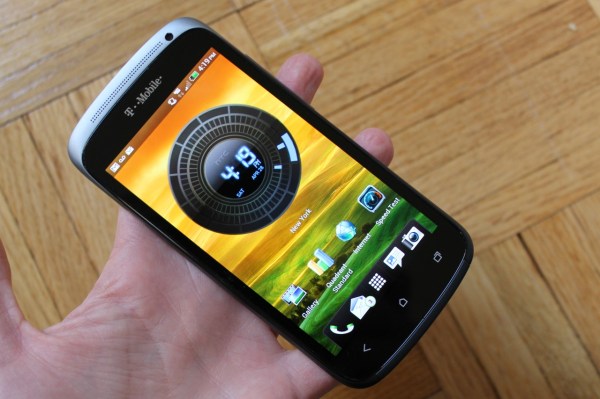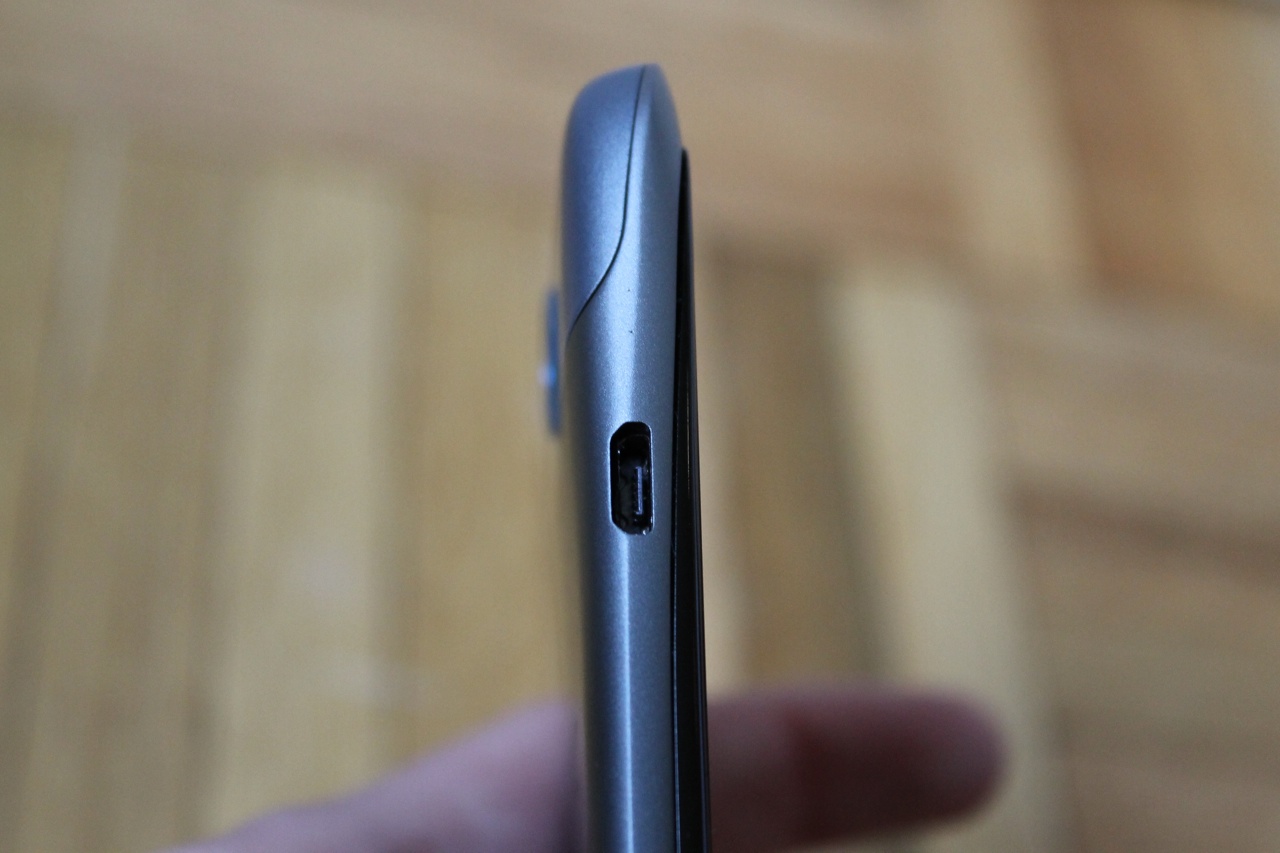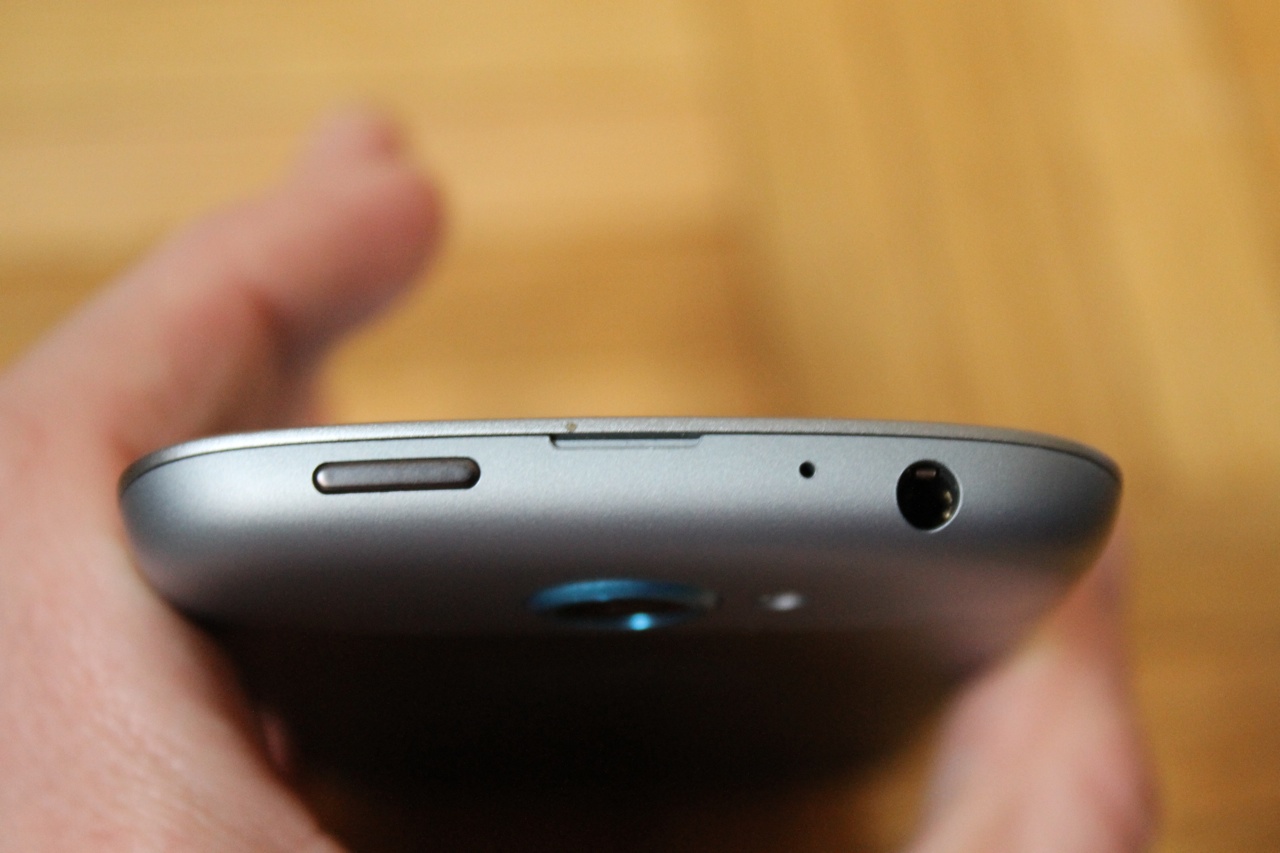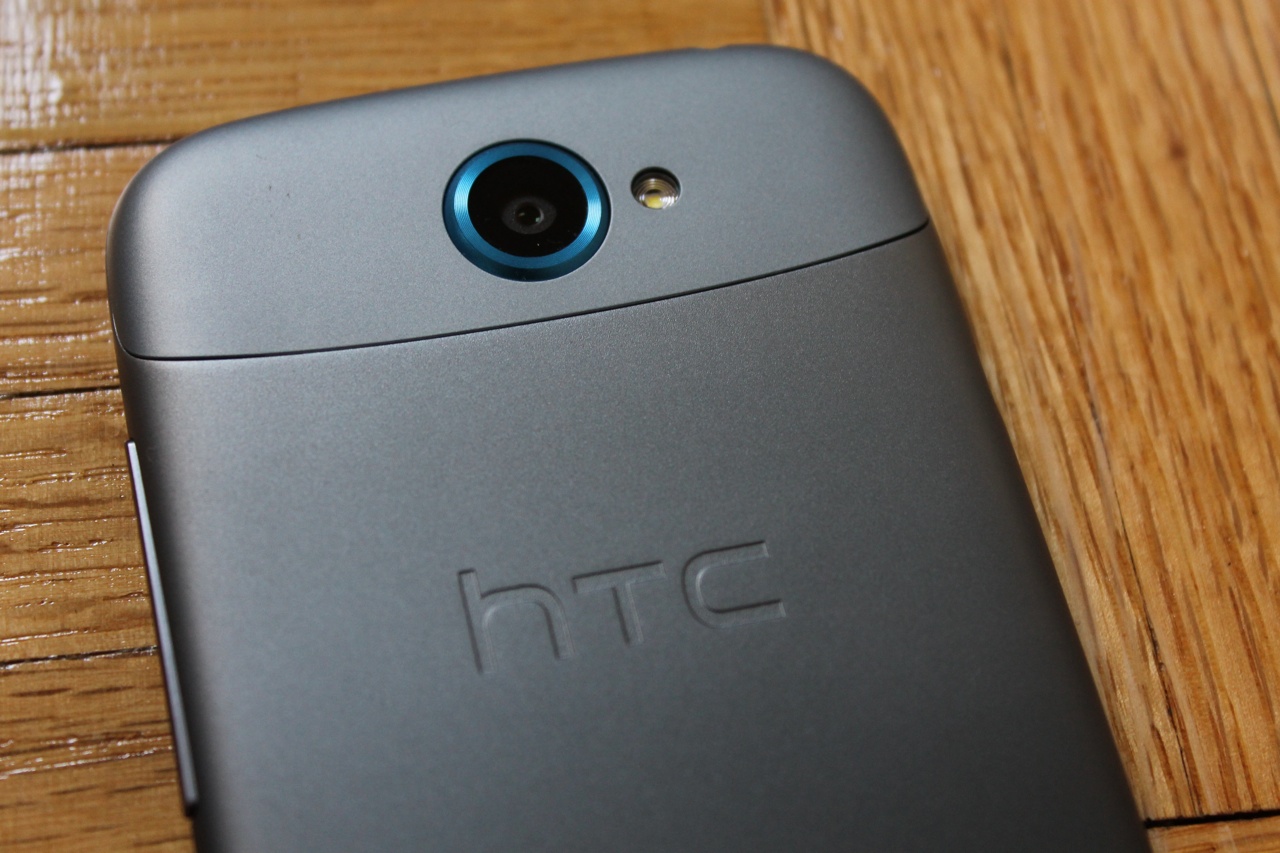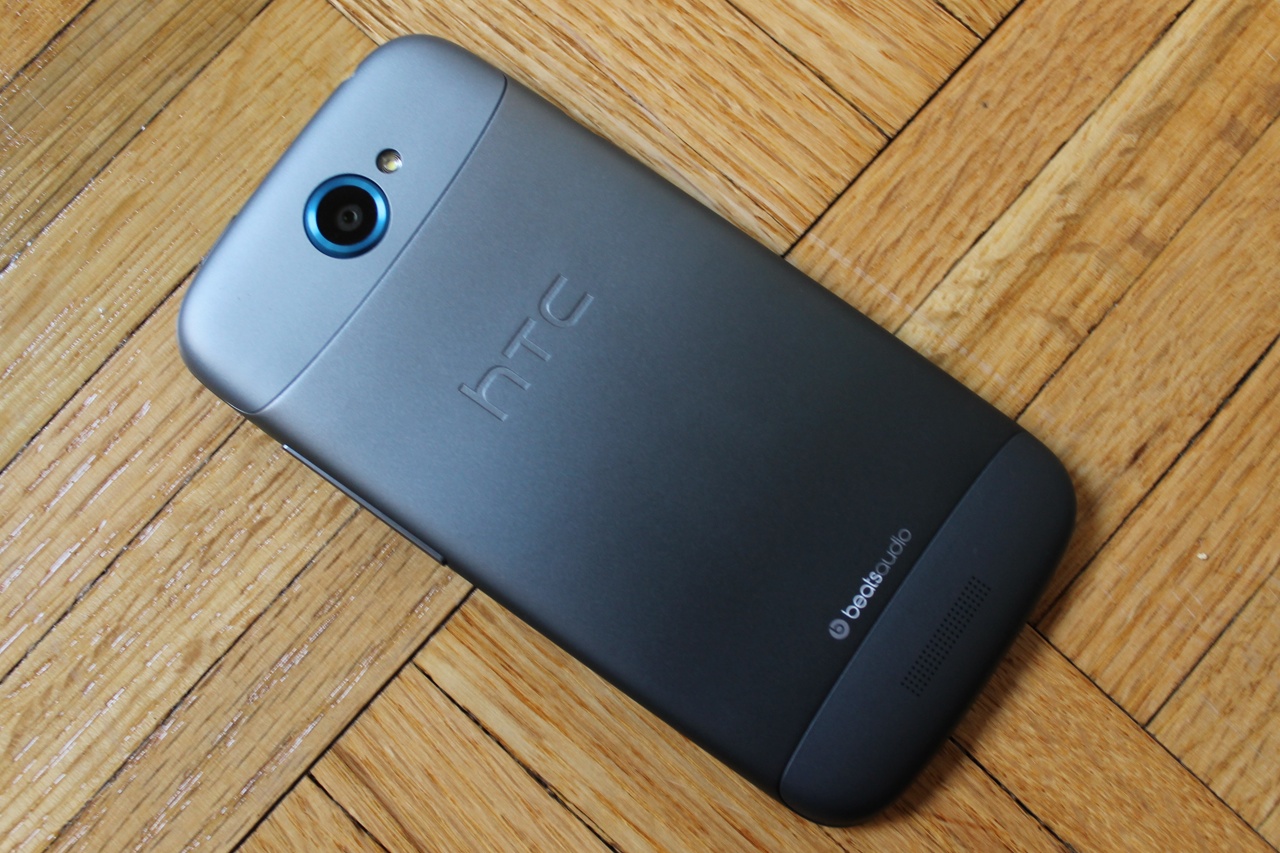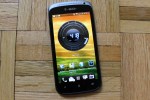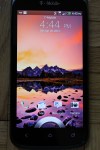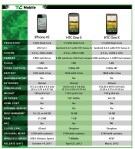Short Version
Despite the fact that there’s no real wow factor here, it would be entirely unfair to say that HTC’s One S isn’t a great phone. It is. The hardware is some of the best I’ve seen in a long time, Sense 4 is quite nice albeit a touch heavy for my taste, and the specs are right in line with what we’re seeing on the market today.
Truth be told, anyone at T-Mobile would be lucky to have one. S. (Lawl.)
Features:
- 4.3-inch 960×540 Super AMOLED display
- T-Mobile “4G” 42Mbps HSPA+
- Android 4.0.3 Ice Cream Sandwich
- 1.5GHz dual-core processor
- 8MP rear camera (1080p video capture)
- 0.3MP VGA front camera
- Sense 4
- MSRP: $199.99 on-contract
Pros:
- The hardware is truly impressive
- Super thin and light
- Solid battery life
Cons:
- Sense adds to Android’s usual lag
- No real wow factor
Long Version
Hardware/Design:
As I’ve said twice already, I’m truly impressed with this hardware. It sports an aluminum unibody frame, with a soft-touch finish. The back fades from a lighter to a darker grey, and when all is said and done, it’s a stunning device. Android phones these days are so plastic-y, too light to feel premium, and seem to be thrown together.
However, it’s clear with the One S that HTC spent time on design and build quality. The phone is super thin with a .37-inch waistline and weighs in at just 4.22 ounces. I usually don’t spend a lot of time talking about weight and dimensions because most phones are actually quite similar in that respect, but HTC hit the nail right on the head with the One S. Here’s why: if a phone is too thin, and thus too light, it begins to feel cheap — especially when it’s made entirely from plastic.
Since the One S is made of aluminum, it’s able to maintain a thin profile while still having a balanced, solid heft to it. This allows the phone to feel way more high-end than most of its competition. The phone is relatively flat on both the front and back, though all the corners and edges are slightly rounded. As I said, it has a beautiful design and solid hardware.
The camera sits square on the back of the phone and sports a nice little blue trim to add a little style to a rather grey device. If you like a pop of color, you’ll surely appreciate the detail. Along the left edge you’ll find an MHL-style micro-USB port, which also doubles as HDMI out, and on the right edge you’ll find the volume rocker. A 3.5mm headphone jack and the lock button share space on the top edge of the phone.
Software:
The HTC One S runs Android 4.0.3 Ice Cream Sandwich, though you’d be hard-pressed to recognize it. Sense is one of the heaviest OEM skins on the market, and it completely dominates the phone. That said, Sense is actually a pretty beautiful UI. Sense 3 and all of its iterations was way too much. 3D animations abounded, frills and flourishes were everywhere, and most of it was entirely arbitrary.
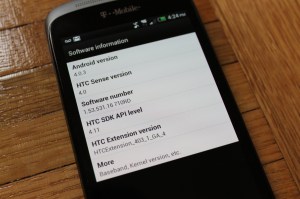 Much of that has been cleaned up to actually serve a purpose. See, as John and I mentioned in our Fly or Die episode with the One S, Android has become a platform that pumps out phones from hundreds of vendors that ultimately look like “just another Android phone.” The skins become critical to manufacturers in terms of differentiation, but they also have to be careful to leave Android alone in many respects. Android fans love Android, not Sense or TouchWiz or whatever else.
Much of that has been cleaned up to actually serve a purpose. See, as John and I mentioned in our Fly or Die episode with the One S, Android has become a platform that pumps out phones from hundreds of vendors that ultimately look like “just another Android phone.” The skins become critical to manufacturers in terms of differentiation, but they also have to be careful to leave Android alone in many respects. Android fans love Android, not Sense or TouchWiz or whatever else.
Still, I think HTC did a good job of reigning in all the creativity and letting Sense be useful rather than overly beautiful. The camera app is quite wonderful, which I’ll discuss more in a second, and the widgets provided make it easy to customize the One S to suit you specifically. I’m using a pretty bad ass analog clock right now on my main homescreen that I’m quite proud to show off.
Camera:
The One S camera is quite capable. In fact, you’ll probably really like the images you capture with it. At the same time, I wouldn’t say the camera is all that good at keepin’ it real, if you know what I mean. Colors seem to be saturated and brightened to make images more beautiful, especially yellows and reds.
If you take a look at the comparison shot below, you’ll notice that the iPhone 4S makes my food look a little bland. (It’s delicious, in case you’re wondering.) But when I hold both phones up next to the food, the iPhone 4S clearly captured reality way better than the One S.
In terms of software, the Sense camera app may be my favorite of all the Android phone makers’ camera software variations. It has a variety of filters that are built right in to the app, and I’d say some of them (like Vintage) rival those of Instagram. There are also plenty of settings for ISO, White Balance, etc.
Comparison shot between the One S (left) and the iPhone 4S (right):
Display:
I have very few complaints when it comes to the One S display. At 4.3-inches, it’s absolutely the perfect size to be comfortable in the hand while maintaining a nice pixel density. qHD — or 960xb540 — is perfectly acceptable on a 4.3-inch display. And the Super AMOLED quality only adds to that.
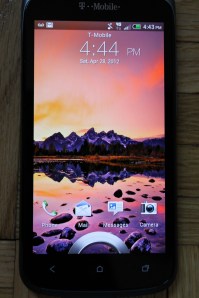 You really don’t notice any pixel-to-pixel differentiation, and images and videos look great. I did notice that when the phone fires up, there’s a small, rectangular block on the top right of the phone where the screen displays that the software is loading up. It looks like any other progress bar you’ve seen before, but when the progress bar disappears that little block of pixels is much whiter than the rest of the start-up screen.
You really don’t notice any pixel-to-pixel differentiation, and images and videos look great. I did notice that when the phone fires up, there’s a small, rectangular block on the top right of the phone where the screen displays that the software is loading up. It looks like any other progress bar you’ve seen before, but when the progress bar disappears that little block of pixels is much whiter than the rest of the start-up screen.
This is a minimal, if not entirely unimportant, issue. It makes no difference whatsoever, as that same block doesn’t show any weird coloration or pixelation when the phone is turned on and working.
Performance:
Wow!
The One S has tested better than the Note, the Droid 4 and the LG Spectrum in both Browsermark and Quadrant. Quadrant tests everything from the CPU to the memory to the graphics, and while all three of the aforementioned Android phones stayed well below the 3,000 mark, the One S scored an impressive 4,371.
Same story applies in the browser-based Browsermark test. The Spectrum, Droid 4, and the Note all scored below 60,000, while the One S hit 100,662. I’m totally impressed, but not by the numbers.
True, there’s a general lag that comes along with Android, especially in the browser. Pinch-to-zoom and scrolling simply aren’t as smooth as they are on iOS, or even on Windows Phone for that matter, even if it’s minimally. But the One S felt more frictionless than I’m used to on Android, and I never experienced a freeze of any kind. It’s a nice change from most Android reviews.
Speed test was a bit of a different story. Of course, in different parts of the city, I had my highs and lows in terms of a speedy network. But during testing Speedtest only saw an average of 2.11Mbps down and .73Mbps up.
Battery:
I’m pretty impressed with the One S battery. Around the mid-way point of testing I had a bad feeling. The phone displayed about a quarter of juice in the little battery icon, but it lasted another two hours or so. I’m thinking the icon itself is off, to be honest with you.
Our testing includes a program that keeps the phone’s display on at all times, while Google is constantly performing an image search, one after the other. It’s an intense test, and at any point I can hop in and play a game, browse the web, send a text, make a call, etc.
All in all, the One S lasted 4 hours and 51 minutes. T-Mobile 4G was on the entire time. To be honest, the phone got a bit warm during the battery test, but it didn’t slow things down or create a lag by any means. Plus, you’re probably not as much of a power user as our battery test is.
In real world scenarios, the One S should surely stick with you all day.
To give you a little context, the Droid 4 only hung in there for three hours and forty-five minutes while the Droid RAZR Maxx (Motorola’s battery beast) stayed with me for a staggering eight hours and fifteen minutes.
Head-To-Head With The One X And iPhone 4S:
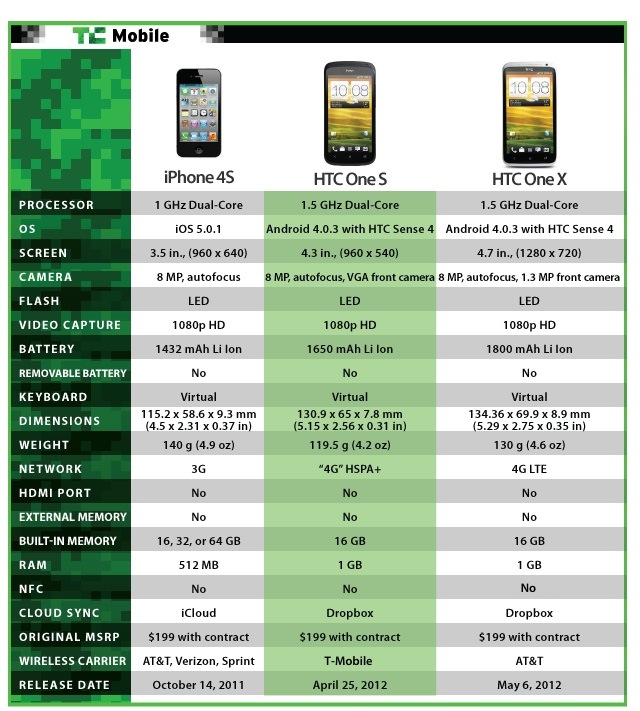
Check out our thoughts on this match-up here.
Hands-On Video: Fly or Die
Conclusion
As I expressed during Fly or Die, I think the One S will owe a lot of its success to its carrier. T-Mobile is a fine operator and I applaud the company for trying to rebrand and build up its selection. But without any competition from the iPhone, the One S gets a bit of a freebie. It’s a fine handset, but it has no real wow factor, as I’ve mentioned over and over.
The Samsung Galaxy Note has its massive screen and an S-Pen (and might actually compete with the One S on T-Mo shelves), the Droid 4 has its superior physical keyboard, and the Lumia 900 (which also might be T-Mobile-bound) has Windows Phone. The One S has none of that — it’s just another Android phone.
But that’s ok, because it’s an excellent Android phone. It has all the right dimensions, a comfortable weight, a premium feel in the hand, and a stunning design. It’s rather quick for an Android phone, and comes loaded with tons of fun software.
I give it a fly.
Check out all of our One S review posts here.
